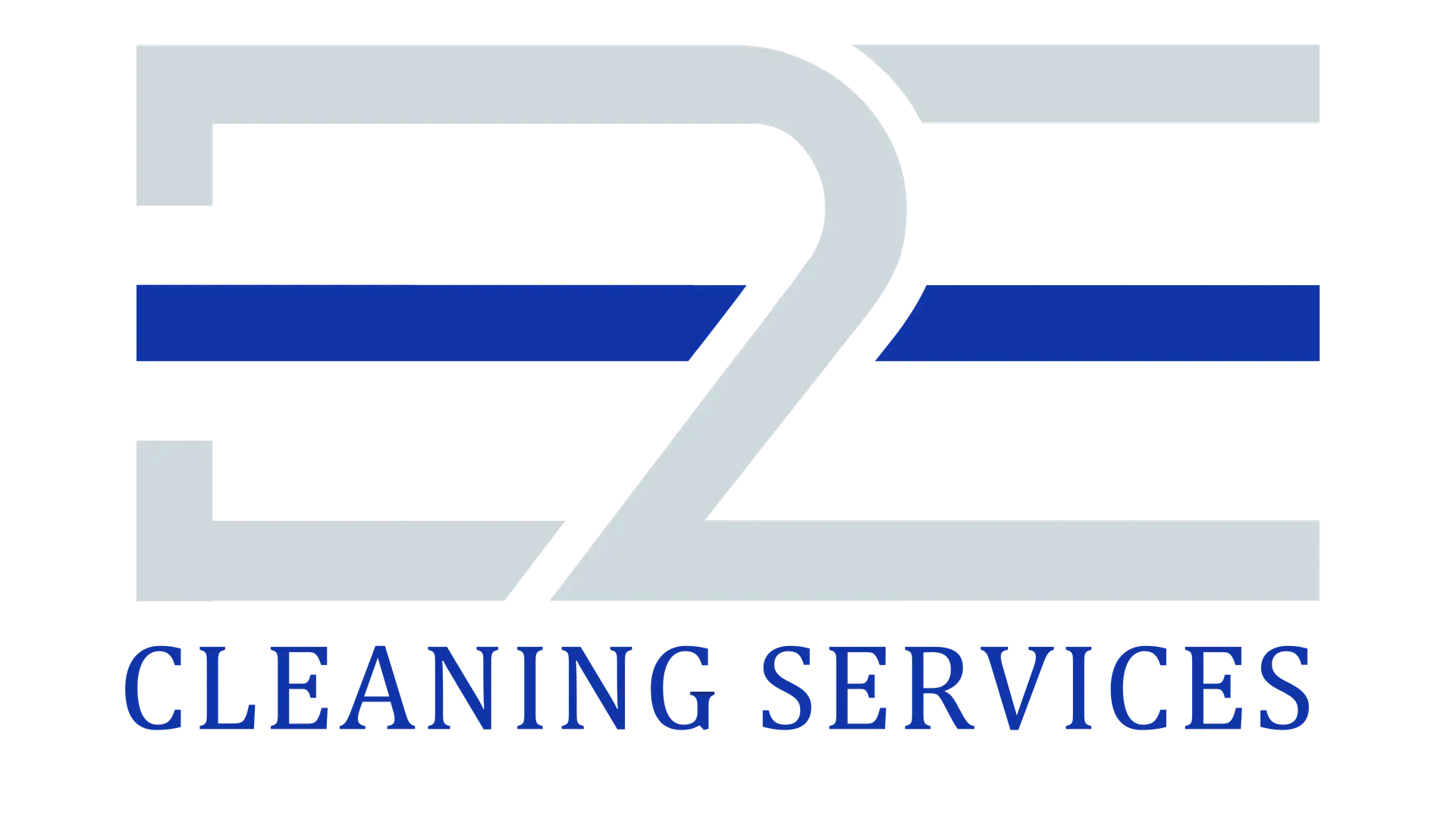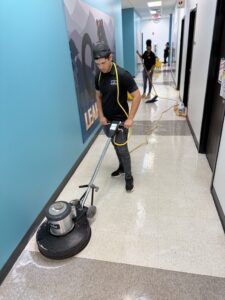This article provides a detailed three step approach to transform neglected theater venues into pristine entertainment spaces and improve customer experience to drive business growth.
Theater operators can greatly enhance patron satisfaction, loyalty and meet industry compliance standards, by implementing strategic deep cleaning, pressure washing and kitchen restoration protocols.
The Impact of Neglected Theater Spaces
First impressions are important, but in the entertainment industry, they’re critical revenue drivers. Sticky floors, stained upholstery and unpleasant odors are not just bad for your patrons, they’re bad for your entire establishment.
According to recent industry surveys, 78 percent of theatergoers say cleanliness is a deciding factor when choosing entertainment venues and 64 percent say they wouldn’t return to a theater they considered unsanitary.
Cleanliness is more than just aesthetics: it’s about audience experience.
Maintaining a theater environment properly will help the audience to be comfortable, concentrated and enjoy the show. Environmental distractions such as noticeable stains or odors, are removed from the equation, allowing audiences to immerse themselves more fully into the performance and therefore connect more emotionally to the entertainment experience.
The consequences are equally financial. Theaters that have instituted comprehensive cleaning programs enjoy an average 22 percent increase in repeat business and a 17 percent increase in concession sales.
The reason behind this relationship between cleanliness and revenue is that:
- The entertainment experience perceived value is enhanced
- More dwell time in clean and comfortable spaces
- A greater willingness to purchase food and beverage
- More likely to recommend your product positively
- Better online reviews (which are essential to new customers)
To succeed in the theater industry, you need to turn one time visitors into lifelong patrons. Audiences that associate your venue with cleanliness and comfort will help you build a foundation for sustainable business growth that goes beyond the quality of performances.
Theater deep cleaning experts – Click to boost your facility’s curb appeal
Step 1: Deep Cleaning and Carpet Restoration
Theater carpeting is contantly subject to extreme wear, from spilled beverages, dropped food, tracked in dirt and thousands of footsteps daily. These high traffic areas are addressed in this first transformation step using specialized cleaning techniques that are developed specifically for entertainment venues.
Finding Problem Areas in Flooring
Professional assessment starts with the identification of high impact zones which need special attention:
- Entry and exit points: They represent 80% of the soil that is entering the facility and must be cleaned very frequently to prevent the soil from migrating all over the venue.
- Center aisles: Can experience heavy traffic paths showing rapid wear patterns. These high-traffic areas should receive priority maintenance with appropriate cleaning techniques.
- Areas beneath seats: These are areas that are missed by standard cleaning but still visible to seated patrons.
- Concession approach areas: Highest concentration of food related soiling occurs in zones near food service and requires specialized stain treatment protocols.
Specialized Cleaning Techniques for Theaters
Theater carpet restoration requires methodologies beyond standard commercial cleaning approaches:
- Hot water extraction with pre treatment: The application of enzyme based cleaners to break down organic materials prior to extraction removes deep seated stains without the residue that attracts additional soiling.
- Encapsulation cleaning: A low moisture technique that uses crystallizing polymers to encapsulate soil particles so they can be vacuumed away after drying. Perfect for keeping appearance between deep cleanings.
- Professional teams use spot specific treatment protocols, for common theater stains (butter, soda, chocolate) that won’t damage carpet fibers or leave discoloration.
- Antimicrobial applications: Application of EPA registered antimicrobial treatments after deep cleaning reduces odor causing bacteria and prolongs cleanliness between maintenance cycles.
Technicians use extraction tools with special attachments to get between seat cushions and backs for upholstered seating. These tools apply the right amount of cleaning solution and keep the right amount of moisture to avoid damaging internal seat components or electronic parts.
Step 2: Comprehensive Pressure Cleaning
Using the right methods on building exteriors and busy areas keeps the theater safe and attractive. In the second step, builders concentrate on making the place look nice while addressing sanitary concerns.
Outside and Reception Restoration
Even before your clients walk in, they notice your venue.
Professional exterior cleaning is focused on:
- Marquees and signs: Using low pressure (600-800 PSI) and the right cleaning agents is safe, removing all atmospheric soiling, bird droppings and oxidation on electric and aesthetic materials.
- Maintaining facades: Technicians can adjust the pressure according to the specific material or surface being cleaned to prevent damage while ensuring effective cleaning results.
- Entry walkways: Be sure to pay extra attention to entry walkways and wipe away all gum, drink spots and soils that are tracked into your venue.
- Ticket booth areas : Glass cleaning products at ticket booths can both make them transparent and protect workers from infection.
Before using any cleaning solution on old theater buildings, always test it on an unnoticeable part and always clean with the mildest possible pressure.
Common Area and Restroom Sanitation
Common spaces inside the theater can be pressure washed using techniques that support asset protection while creating safer, cleaner environments.
- Restroom facilities: We clean restrooms by deep-cleaning tile and grout with 800-1200 PSI and using sanitizers that can enter porous areas which removes smelly bacteria.
- Lobby flooring: Using the right amount of pressure based on what it’s made of lets you clean it, leaving the surface looking good but also preventing accidents.
- Transition areas: These zones between exterior and interior spaces require specialized soil removal techniques to prevent tracking throughout the facility.
Pressure cleaning that works with water recovery picks up dirt instead of letting it into sewers, following environmental guidelines and washing more effectively.
Step 3: Kitchen and Concession Area Restoration
Concession areas play a role in both making guests content and meeting regulations. Now, the third phase of the transformation centers on restoring food service zones in every area.
Adhering to Health Code Standards
The health department requires theater concession stands to be vigilantly clean and still fully functional.
- Using safe chemicals registered by the EPA that remove up to 99.999% of germs from everything that food comes in contact with.
- Degreasing the hood filters, ductwork and exhaust parts of ventilation systems lessens the risk of fires and controls bad smells in theaters.
- Maintaining the cleanliness of floor drains and grease traps with professional services can help avoid blockages, repel bad smells and deter tiny pests from your business.
- Special cleaning of popcorn machines, nacho dispensers and beverage systems helps to get rid of buildup that bacteria can grow in also influencing flavors.
Having documented cleaning procedures helps during health department inspections and aids in staff following them all the time.
Improving Food Service Areas
Apart from minimum standards, restoring concessions helps the theather run more efficiently.
- Surface restoration: Deep cleaning of any countertops, display cases or preparation areas will remove any stuck products that both spoil the look and act as a breeding ground for contaminants.
- Floor degreasing: Polymerized grease in the floor can be cleaned by floor degreasing solutions that don’t harm the grout or make the floor too slippery.
- Storage area organization: Properly arranging and cleaning storage areas improves inventory control and eliminates potential pest hiding places.
- Staff training: Making sure the staff knows how to maintain the building between cleanings helps keep everything spotless and everyone responsible for cleanliness.
Restored theaters usually see a 14% rise in concession sales since they look better and clients trust their food more.
The Results and Maintaining Success
The improvement of a neglected theater into a top entertainment spot has led to improvements in business measures.
Customer Satisfaction Improvements
Many venues that go through the three-step transformation report significant satisfaction rates:
- 94% increase in positive cleanliness mentions in online reviews
- 32% fewer complaints about the facility conditions
- 27% regular customers are likely to recommend the place
- 18% rise in the overall satisfaction rating
As a result of improved perception, theaters reported seeing repeated customers up by 24% once cleaning procedures were used across the venue.
Implementing Sustainable Maintenance Plans
Turning transformation into a permanent result depends on organizing maintenance strategies:
- Make sure staff use ready checklists for streamlined duties such as spot cleaning, checking restrooms and cleaning concession stands after every showing.
- Arrange weekly tasks to clean carpets, wash important walking zones and exchange the upholstery cleaning after every week.
- Professional cleaners should do a complete monthly audit to locate potential problems early.
- Every three months, add deep cleaning for important areas like HVAC systems, the outside walls and ventilation in the kitchen to be scheduled as needed during seasons.
For theaters to run well, systems are set up assigning specific tasks for cleaning, along with providing everyone with instruction and supplies. Digital systems keep track of cleaning jobs, analyze the results and support keeping cleanup standards high all the time.
Conclusion
Changing from sticky floors to getting a standing ovation calls for professionally designed cleaning routines made for theaters. Applying specific approaches to carpet restoration, pressure washing and cleanliness in the concession area helps operators improve moviegoers’ experience and increase business performance.
Comprehensive cleaning programs provide a better and greater return than just making places look clean. If a theater is kept in good shape and clean, it can charge better prices, make more money from food, earn positive feedback and keep customers coming back.
Fundamentally, these venues offer people a place to become fully immersed in whatever entertainment they are watching without hearing or seeing anything else.
Any theater operator looking to succeed today can use these three changes to help the business grow and boost its standing. If guests remember you for the right reasons, what seemed like a simple floor now becomes a big applause.






